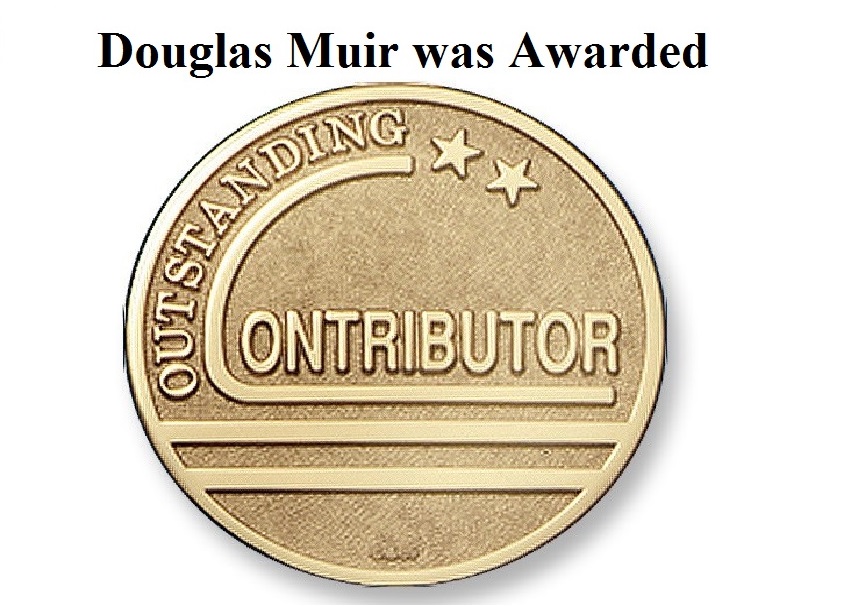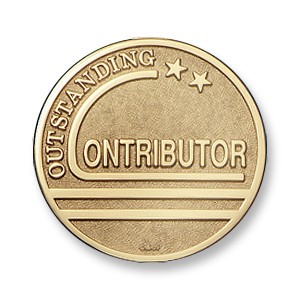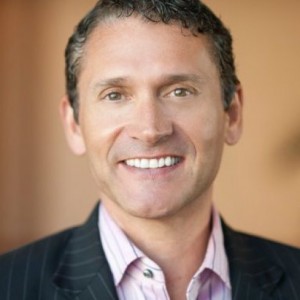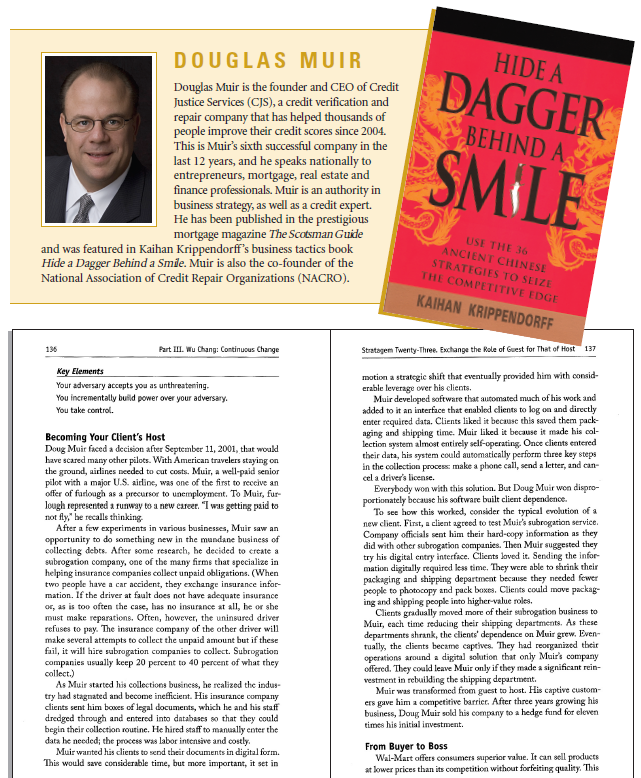Author Archives: VBisenti
Scottsman Guide Artical CJS 1
Scotsman Guide Helping Hand
Hide a Dagger Behind a Smile – Doug Muir Detailer
Florida Times Union Artical_v2
Chicago Agent Magazine

How to Lock out Your Competition

6 Red Flags for Restaurant Owners
We’ve all had conversations about starting our own business, and one of the most popular dreams is running our own restaurant. I started my first restaurant in 2001, becoming the first franchise owner and proprietor of a new and exciting casual dining concept. I sold that concept and moved onto my new chain of restaurants in the fine-casual space. What I’ve learned over many years and from many restaurants is what I will be sharing with you in this article. We all love food; we like the social aspect of sharing conversation across the communal table, and it’s an industry where people choose to come through the door. So why does it often go so very wrong?
First, running a successful restaurant is one of the hardest businesses out there. We all know of places that we love to go to—and places that we don’t. It’s also tricky to recommend a restaurant, as sometimes it’s great and sometimes it’s not so great. But there are exceptions: if a place is consistently good, provides excellent food, a convivial atmosphere, and gives good value, we will go back again and again, and recommend it to anyone who will listen. But why is this so difficult to achieve?
Part of the problem is that people get caught up with the romantic notion of being the “main host” and floating from table to table shaking hands, backslapping their guests, and making it look like one big party—which is exactly how it should be as long as life in the “engine room” (or kitchen) is moving along swimmingly.
The kitchen is the heartbeat of the restaurant. If the orders don’t flow in an orderly way and the food doesn’t flow out in a timely manner, cracks will start to appear. Guests expect their lunch or dinner to appear in a certain amount of time—not too slowly and not too quickly—so the whole process has to be carefully choreographed.
That, however, is before we even start to talk about the real backbone of any business: cash flow, sales, and profit. While all this sounds patently obvious, many people fall into the restaurant industry with no idea of how to price a plate of food, or whether they are going to make any money at the end of each sitting.
With this in mind, let’s analyze a day in the life of a typical Italian restaurant in the heart of a nice town in central Virginia. The average profit margin of a restaurant is between five and six percent, leaving very little margin for error. It’s all about people, product, and procedures. When one of these categories is missing, the whole ship goes down! The object of any business is to make money, so fixed costs must be as low as possible in order to survive the leaner months. Fixed expenses cannot be brought in line if the gross revenues are too low, so day-to-day management is essential to constantly monitor where costs can immediately be adjusted if things start to go awry.
To this end, I’ve developed six red flags, or indicators, which explain where current problems may be hiding and where future issues are likely to emerge. Let’s go through each of them:
Develop a well-organized accounting system.
Amazingly, most restaurants don’t have any accounting system at all. When I ask my clients questions like, “What are your food, liquor, and labor costs?” I get the thousand mile stare. When I ask them for printed copies of basic financial statements (such as profit and loss, balance sheet, or cash flow), they have no idea what I’m talking about. Since you can’t manage what you can’t count, a restaurant without any of these three financial statements is set up for failure, or, at the very least, a loss of a lot of money and I would consider “flying blind.” The most common problem I see is the owner of the restaurant thinking their accountant is doing the financial statements when actually they are only doing the taxes.
What do the numbers mean?
Restaurant food, beverage, and employee expenses are the top costs. The numbers in Figure 1 show the standard industry average I use for my casual-fine dining Italian restaurants. However, those numbers will vary within the industry, but can be found on the National Restaurant Association website: http://www.restaurant.org/Home. The battle begins and ends with these numbers, and not simply because they represent the largest percentage of your total expenses, but because you have the ability to control them. Costs such as utility and insurance are relatively fixed, but you can directly impact your food cost percentage with more effective purchasing, product handling, and menu pricing. Similarly, hiring practices, scheduling, and even the layout of the kitchen and the way menu items are selected can favorably affect labor costs. That way, when a restaurant’s prime cost percentage exceeds the percentages in Figure 1, it raises a red flag.

Top 12 Contributors on Business Gists
Douglas Muir Was Awarded
Powered by contributors worldwide, Business Gists is an online community for inspiration, education, and discovery, and is a place where everybody is welcome. Our mission is to provide the latest business news, current affairs, and top stories 24-hours a day from around the world. We feature breaking headlines, corporate news, economy, technology, banking, marketing, start-up, management, consumer reports, personal finance, and investing.
Adèle McLay is a high performance coach and business growth coach. She helps people to achieve the success they desire in their businesses, work, and lives. Adèle is also an entrepreneur, inspiring professional speaker and teacher, and an author.
the success they desire in their businesses, work, and lives. Adèle is also an entrepreneur, inspiring professional speaker and teacher, and an author.
 Achim Nowak is an author, speaker, C-Suite coach, and an international authority on personal presence. His book, The Moment: A Practical Guide to Creating a Mindful Life in a Distracted World (New Page Books), has just been published. His previous books have become prized resources for entrepreneurs and Fortune 500 executives around the globe. Achim and his work have been featured on 60 Minutes, Fox News, NPR, in The New York Times, and The Miami Herald.
Achim Nowak is an author, speaker, C-Suite coach, and an international authority on personal presence. His book, The Moment: A Practical Guide to Creating a Mindful Life in a Distracted World (New Page Books), has just been published. His previous books have become prized resources for entrepreneurs and Fortune 500 executives around the globe. Achim and his work have been featured on 60 Minutes, Fox News, NPR, in The New York Times, and The Miami Herald.
 Rob Llewellyn is a trusted advisor to the C-suite and one of the few certified and independent Global Business Transformation Masters in the world. Having provided professional services to some of the world’s largest companies across Europe, Australia, and the Middle East since the 1990s, Rob helps executives takes a holistic and integrated approach to transformation. By using the Digital Capability Framework, BTM², and other management tools, he helps lead organizations to achieving value-driven competitive advantages.
Rob Llewellyn is a trusted advisor to the C-suite and one of the few certified and independent Global Business Transformation Masters in the world. Having provided professional services to some of the world’s largest companies across Europe, Australia, and the Middle East since the 1990s, Rob helps executives takes a holistic and integrated approach to transformation. By using the Digital Capability Framework, BTM², and other management tools, he helps lead organizations to achieving value-driven competitive advantages.
 Warren Knight is a Social Media Strategist, author of Think #Digital First, and one of the UK’s leading professional speakers in technology, sales, and marketing. As an award-winning coach and entrepreneur, Warren has helped thousands of companies grow their business through the strategic use of socially selling to their target audience. He nurtures and generates leads, and increases sales using simple and easy to follow strategies.
Warren Knight is a Social Media Strategist, author of Think #Digital First, and one of the UK’s leading professional speakers in technology, sales, and marketing. As an award-winning coach and entrepreneur, Warren has helped thousands of companies grow their business through the strategic use of socially selling to their target audience. He nurtures and generates leads, and increases sales using simple and easy to follow strategies.
 Steve Blakeman’s current role is Managing Director – Global Accounts for OMD based in London and Paris. LinkedIn named him as a Top 10 Writer for Marketing & Social for 2015 (Top Voices) and also “Agency Publisher of the Year” for EMEA
Steve Blakeman’s current role is Managing Director – Global Accounts for OMD based in London and Paris. LinkedIn named him as a Top 10 Writer for Marketing & Social for 2015 (Top Voices) and also “Agency Publisher of the Year” for EMEA
Lynda Spiegel is founder of Rising Star Resumes, a career coaching and resume writing service. With over 15 years of experience as a human resources professional, she leverages her background to help professionals in a variety of industries achieve their career goals.
 John Whitehead, MA, CEC, coaches individuals and organizations in becoming more effective by helping them improve their interpersonal communications, emotional intelligence, and resilience.
John Whitehead, MA, CEC, coaches individuals and organizations in becoming more effective by helping them improve their interpersonal communications, emotional intelligence, and resilience.
 Ivette K. Caballero is an Entrepreneurial Marketing Communications Consultant with a passion for writing about personal and professional development, leadership, management, encouragement, and life in general.
Ivette K. Caballero is an Entrepreneurial Marketing Communications Consultant with a passion for writing about personal and professional development, leadership, management, encouragement, and life in general.
 Douglas Muir is an authority in business strategy, having successfully built several multimillion-dollar enterprises from the ground up. He is considered the Start-Up Guru and speaks internationally on topics of entrepreneurship, innovation, and business growth.
Douglas Muir is an authority in business strategy, having successfully built several multimillion-dollar enterprises from the ground up. He is considered the Start-Up Guru and speaks internationally on topics of entrepreneurship, innovation, and business growth.
 Aura Alex, an entrepreneur and the founder of the Business Funding Group LLC, focuses on helping fellow entrepreneurs and real estate investors find funding solutions to start and grow their businesses.
Aura Alex, an entrepreneur and the founder of the Business Funding Group LLC, focuses on helping fellow entrepreneurs and real estate investors find funding solutions to start and grow their businesses.
 Christian J. Farber is married to Susan and lives near the shore in Tinton Falls, NJ with his three boys and best friend, Dash. Chris is a featured and contributing author to The Good Men Project (TGMP) and an active blogger. Chris’ daytime job is Chief Marketing Officer for Scivantage.
Christian J. Farber is married to Susan and lives near the shore in Tinton Falls, NJ with his three boys and best friend, Dash. Chris is a featured and contributing author to The Good Men Project (TGMP) and an active blogger. Chris’ daytime job is Chief Marketing Officer for Scivantage.
 Donna-Luisa Eversley is a corporate business veteran with practical experience in a diverse range of industries. Sales, business development, and coaching are combined to deliver over 30 years of experience as Dwordslayer.
Donna-Luisa Eversley is a corporate business veteran with practical experience in a diverse range of industries. Sales, business development, and coaching are combined to deliver over 30 years of experience as Dwordslayer.





